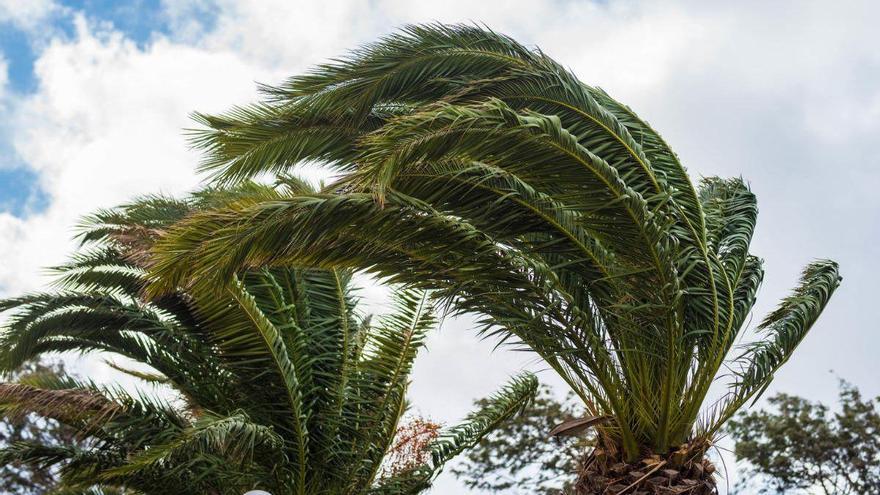
He Government of the Canary Islandsthrough the General Directorate of Security and Emergencies, declares the wind alert situation in The Palm (summits, west), and Tenerife (north) from 00:00 on Tuesday, June 6.
This decision is made taking into account the information provided by the State Meteorological Agency and other available sources, and in application of the Specific Emergency Plan of Canary Islands by Risks of Adverse Meteorological Phenomena (PEFMA).
For this Tuesday the arrival in the Canary Islands of the storm Oscarwhich will bring widespread, persistent and locally heavy or very heavy rains, although less intense and frequent in the easternmost islands, with the probability that they are accompanied by storms.
The forecast is that there will be gusts of wind that can reach 90 kilometers per hourmainly affecting the northwest slope and summits, as well as the El Paso area, on La Palma.
Self-protection tips
The Government of the Canary Islands urges the population to follow the following advice:
- Stay informed of the situation and weather forecasts through the different media and be attentive to the indications that are given.
-
Due to the strong wind, avoid, as far as possible, leaving the house, and close and secure doors, windows and awnings.
-
Remove pots and all objects that could fall onto the street and cause an accident from windows, balconies and roof terraces.
-
Check the houses so that there are no cornices, balconies or facades in poor condition that could cause rubble and rubble to fall.
-
Postpone road trips and, if you do, check their status and take extreme precautions due to the possible presence of obstacles on the roads. The use of public transport is recommended.
-
Especially avoid going on excursions or camping until normality is restored.
-
If possible, avoid calling by phone, in order to avoid jamming the lines
-
In case of emergency, call 1-1-2.
Self-protection measures abroad
-
In the city, it is advisable to stay away from old houses, cornices and walls, and avoid passing by buildings under construction or in poor condition.
-
Avoid walking through gardens or wooded areas.
-
Getting away from cranes and power lines (towers, poles, and cables) are also dangerous.
-
Refrain from climbing to high places and exposed to the wind, such as scaffolding or other constructions, without adequate protection measures.
Self-protection measures in recreational activities
-
In the mountains, take extreme precautions and do not approach or walk through summit areas, the edge of the hills or cliff edges.
-
Stay away from the base of cliffs or steep areas, which could be subject to falling stones.
-
At sea, do not sail and watch the moorings of the boats.
-
If there are large waves, do not access the points of the coastline affected by strong waves or in places where the waves break strongly, stay away from breakwaters and promenades.
Self-protection measures if you have to travel
-
Moderate your speed and hold the steering wheel firmly with both hands to maintain control of the vehicle in the face of wind blows, especially when overtaking.
-
Maintain adequate lateral distances with other vehicles.
-
Drive carefully and be aware of the presence of obstacles that may have been blown onto the road by the wind.















